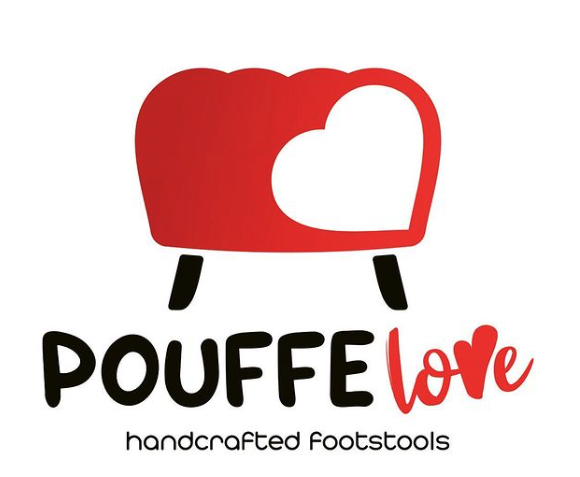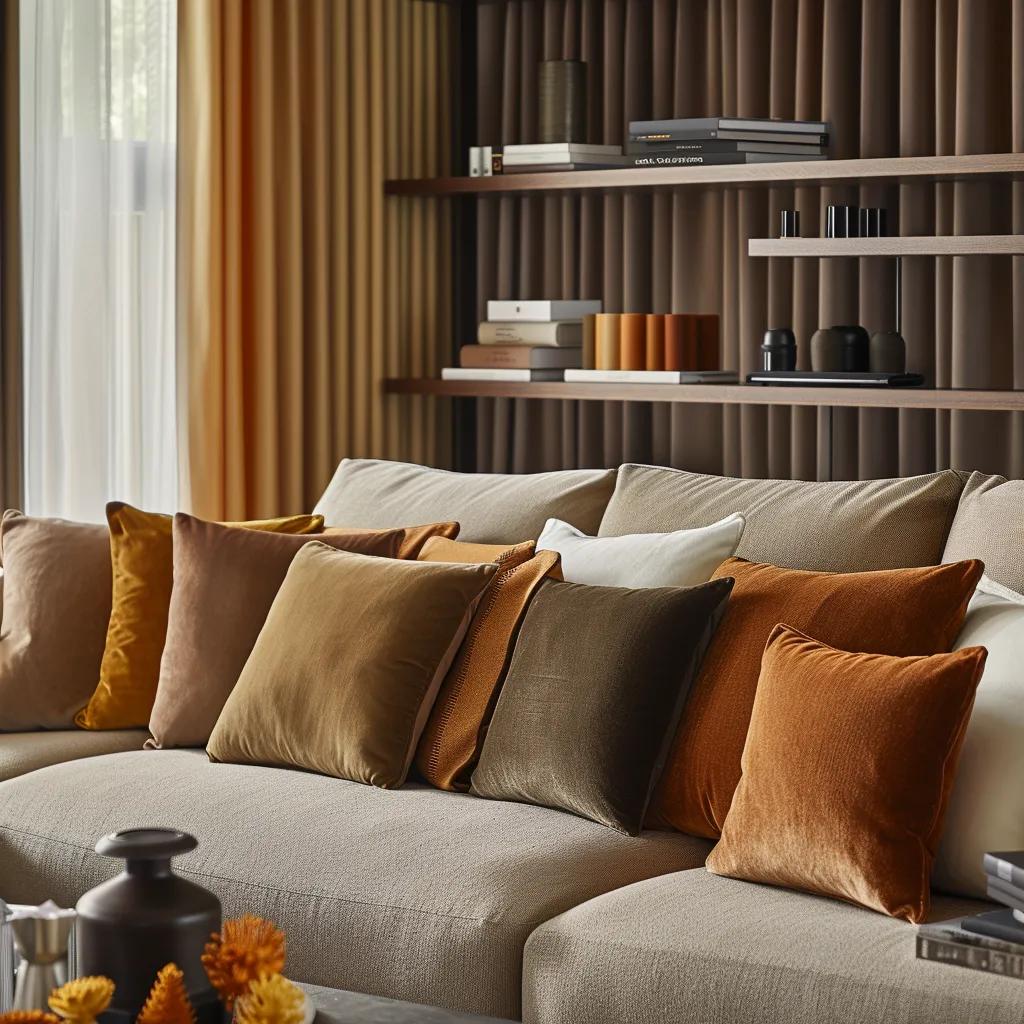
The Complete Guide to Caring for Upholstered Furniture: Expert Tips for Velour and Eco-Leather
When you invest in beautiful upholstered furniture, especially luxurious materials like velour and eco-leather, proper care becomes essential to maintain their elegance and extend their lifespan. At Pouffelove, we specialize in handcrafted upholstered furniture using premium velour and eco-leather materials. Based in Ireland, we understand the unique challenges that come with maintaining these beautiful materials in our climate, and we’re here to share our expertise with you.
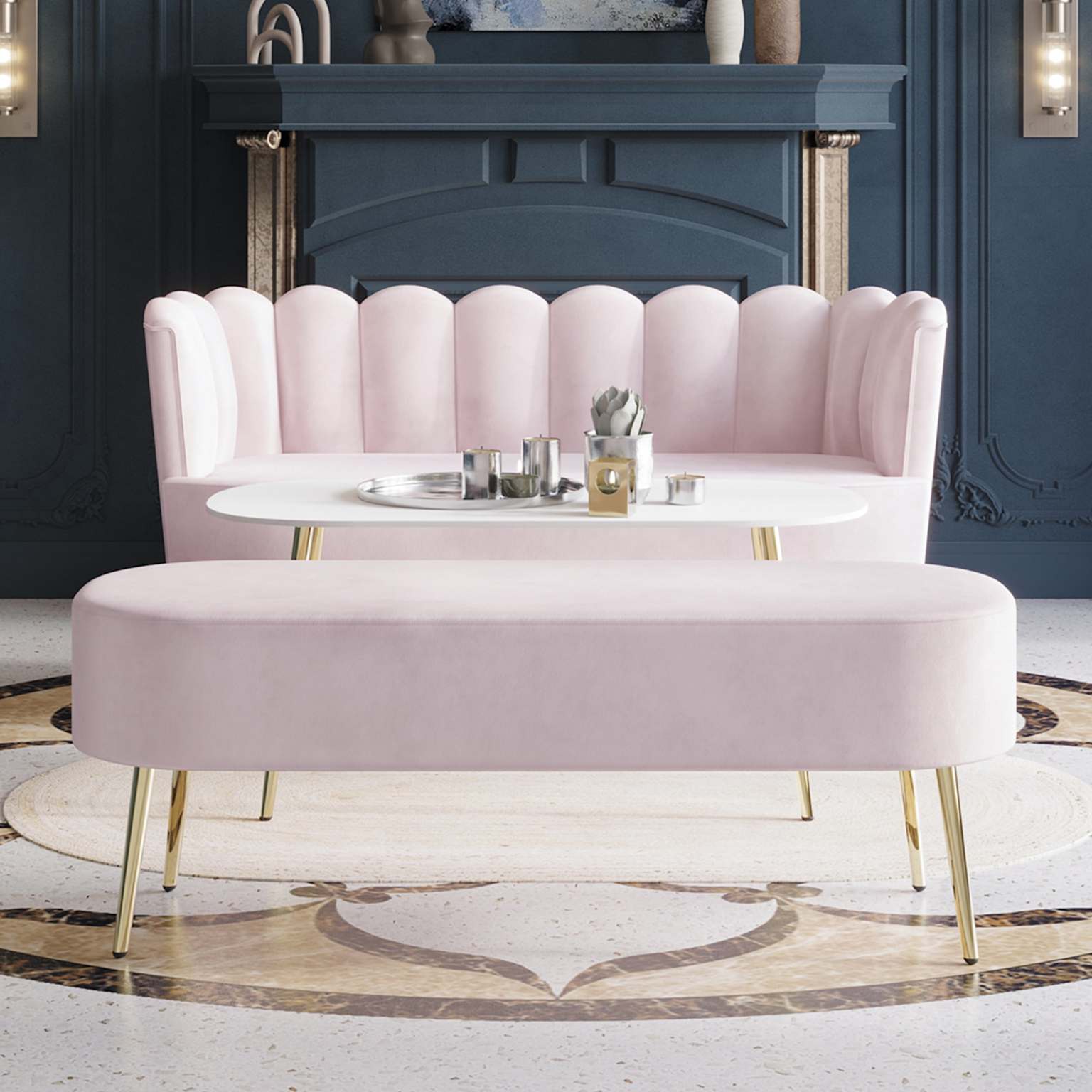
Luxury pink velvet upholstered loveseat and bench with gold legs in a stylish living room setting
Understanding Your Upholstery Materials
Velour is a plush, soft fabric with a distinctive pile that creates its characteristic depth and richness. This material is beloved for its elegant appearance and comfortable feel, making it a popular choice for benches, ottomans, and seating. However, velour requires special attention due to its delicate fiber structure that can easily be damaged by improper cleaning techniques.
Eco-leather is a synthetic material that mimics the look and feel of genuine leather while being more affordable and often easier to maintain. It’s an excellent choice for those who want the sophisticated appearance of leather with more forgiving care requirements. Unlike genuine leather, eco-leather doesn’t require conditioning treatments and is generally more resistant to stains and water damage.
Daily Maintenance: The Foundation of Furniture Care
The secret to maintaining beautiful upholstered furniture lies in consistent daily care rather than intensive periodic cleaning. Regular vacuuming is the most important step in maintaining upholstered furniture. Use a vacuum cleaner with a soft brush attachment to gently remove dust, dirt, and debris from your furniture’s surface. For velour pieces, always vacuum in the direction of the pile to avoid disturbing the fabric’s natural texture.
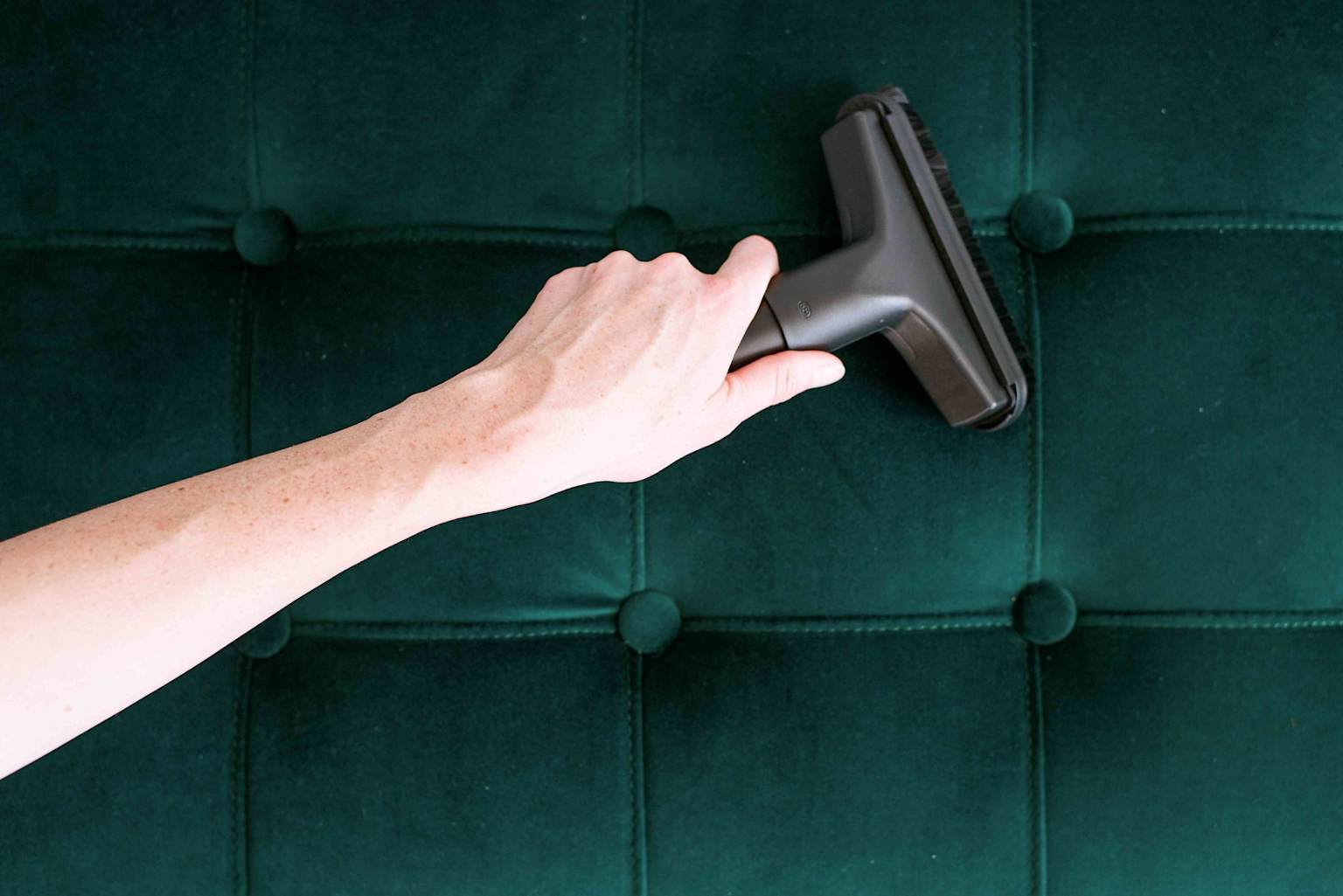
Vacuuming a dark green velvet sofa with a specialized attachment to clean upholstery gently .
Pro Tip: If you don’t have an upholstery attachment, place a pair of clean tights over your vacuum nozzle to create a gentler suction that won’t damage delicate fabrics.
Weekly brushing with a soft-bristled brush helps maintain velour’s luxurious appearance. Use gentle, long strokes in the direction of the pile, focusing on high-contact areas like seats and armrests. This prevents the fabric from becoming matted and helps redistribute the pile evenly, maintaining that fresh, new look your furniture had when you first brought it home.
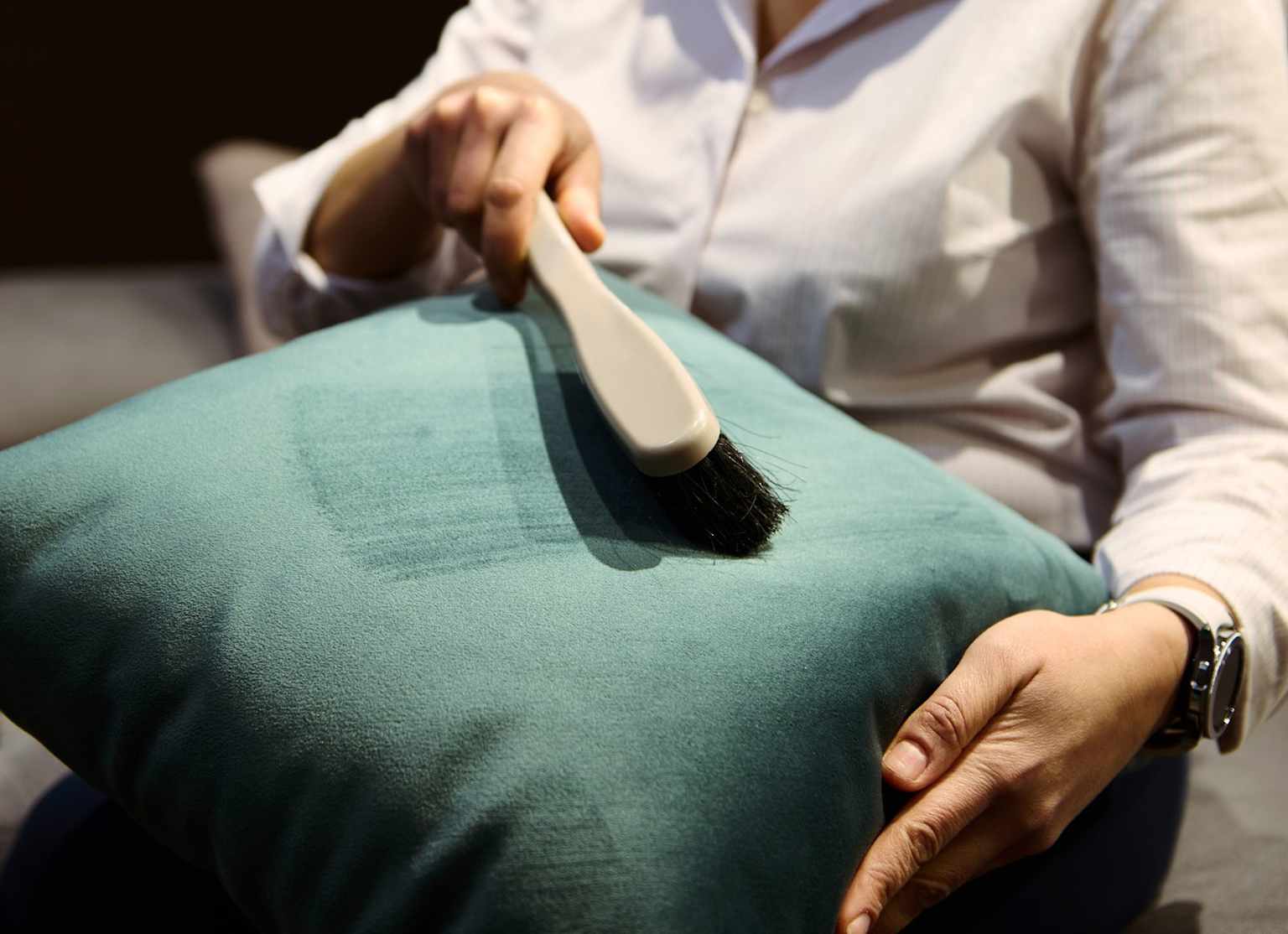
Person gently cleaning a teal velour cushion with a soft brush to maintain upholstery
If your furniture has removable cushions, turn and flip them regularly to ensure even wear. Plump cushions daily, especially those filled with down or fiber filling, to maintain their shape and prevent permanent indentations. This simple habit can significantly extend the life of your furniture’s comfort and appearance.
Deep Cleaning Techniques That Work
Before attempting any deep cleaning, check your furniture’s care label for its cleaning . This system helps you understand exactly what cleaning methods are safe for your specific piece:
- W: Water-based cleaners are safe
- S: Solvent-based cleaners only
- WS: Either water-based or solvent-based cleaners can be used
- X: Professional cleaning only – vacuum and brush only
For velour pieces marked with “W” or “WS”, start by removing loose dirt with a soft brush, then vacuum thoroughly with an upholstery attachment38. Mix warm water with a small amount of mild soap, avoiding creating suds which can leave residue. Add a few drops of household ammonia for extra cleaning power if needed, but test this solution on an inconspicuous area first. Dip a piece of muslin or soft cloth into the solution and wring until just damp – never soak the fabric. Gently rub the fabric in a back-and-forth motion, then allow to air dry completely. Once dry, brush the fabric gently to restore the pile.
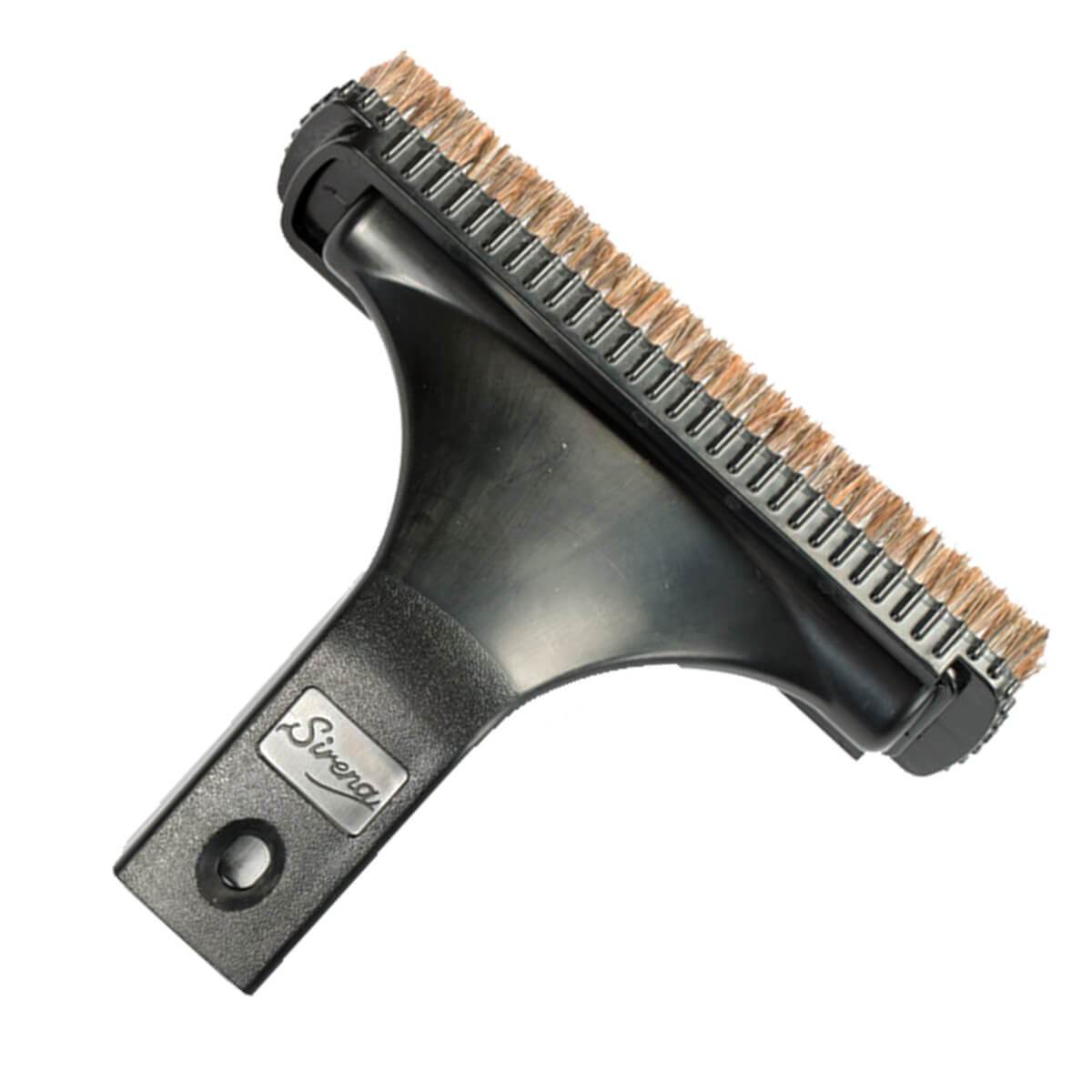
Sirena upholstery brush attachment for gentle cleaning of upholstered furniture sirenasystem
Eco-leather is generally more forgiving than genuine leather. For light stains, use a slightly damp cloth or mild neutral detergent, making sure to rinse afterward. For stubborn stains, dab with a mixture of diluted ethyl alcohol (20% water) and colorless liquid, then treat with neutral detergent and rinse. Never rub the surface; always blot to avoid damage. Dry immediately with a clean, dry cloth to prevent moisture penetration.
Common Mistakes That Can Ruin Your Furniture
One of the most damaging mistakes is scrubbing stains aggressively. This can push dirt deeper into the fabric fibers and potentially damage the material structure. Always blot spills immediately with a clean, dry cloth, working from the outside of the stain inward. This technique prevents the stain from spreading and makes removal much more effective.
Using too much water can cause watermarks, shrinkage, and even mold growth. When cleaning, use minimal moisture and ensure proper drying. Over-saturation can also damage the filling material inside your furniture, leading to costly repairs or replacement. Professional cleaners understand this balance perfectly, which is why they achieve such excellent results.
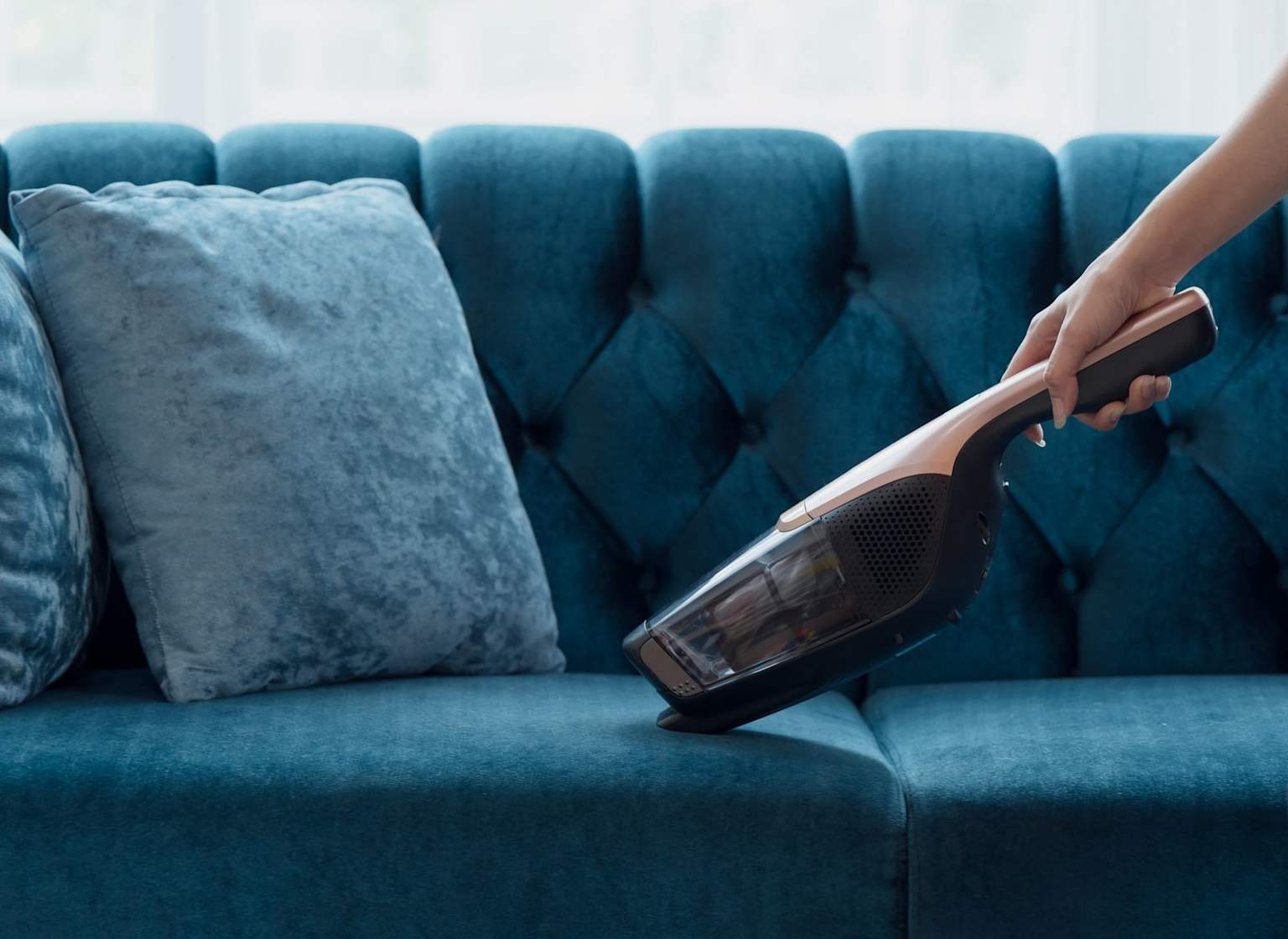
Using a handheld vacuum cleaner to clean a blue velvet sofa as part of the upholstery maintenance process .
Avoid bleach-based cleaners, harsh chemicals, or products containing ammonia on delicate fabrics. These can cause discoloration, fiber damage, or even create holes in the material. Always test any cleaning product on an inconspicuous area first – this simple step can save you from irreversible damage to your beautiful furniture.
Hard-bristled brushes can damage delicate fabrics like velou. Always use soft brushes and microfiber cloths that won’t shed lint or scratch the surface. The investment in proper tools pays dividends in maintaining your furniture’s appearance and longevity.
Stain Removal Strategies That Actually Work
When accidents happen, speed is crucial for successful stain removal. Blot immediately with a clean, dry cloth, never rub or scrub the spill, and work from the outside of the stain toward the center. For velour, avoid getting the fabric too wet as this can cause permanent marks. For eco-leather, clean up liquid spills immediately to prevent staining, as eco-leather can absorb liquids if left untreated.
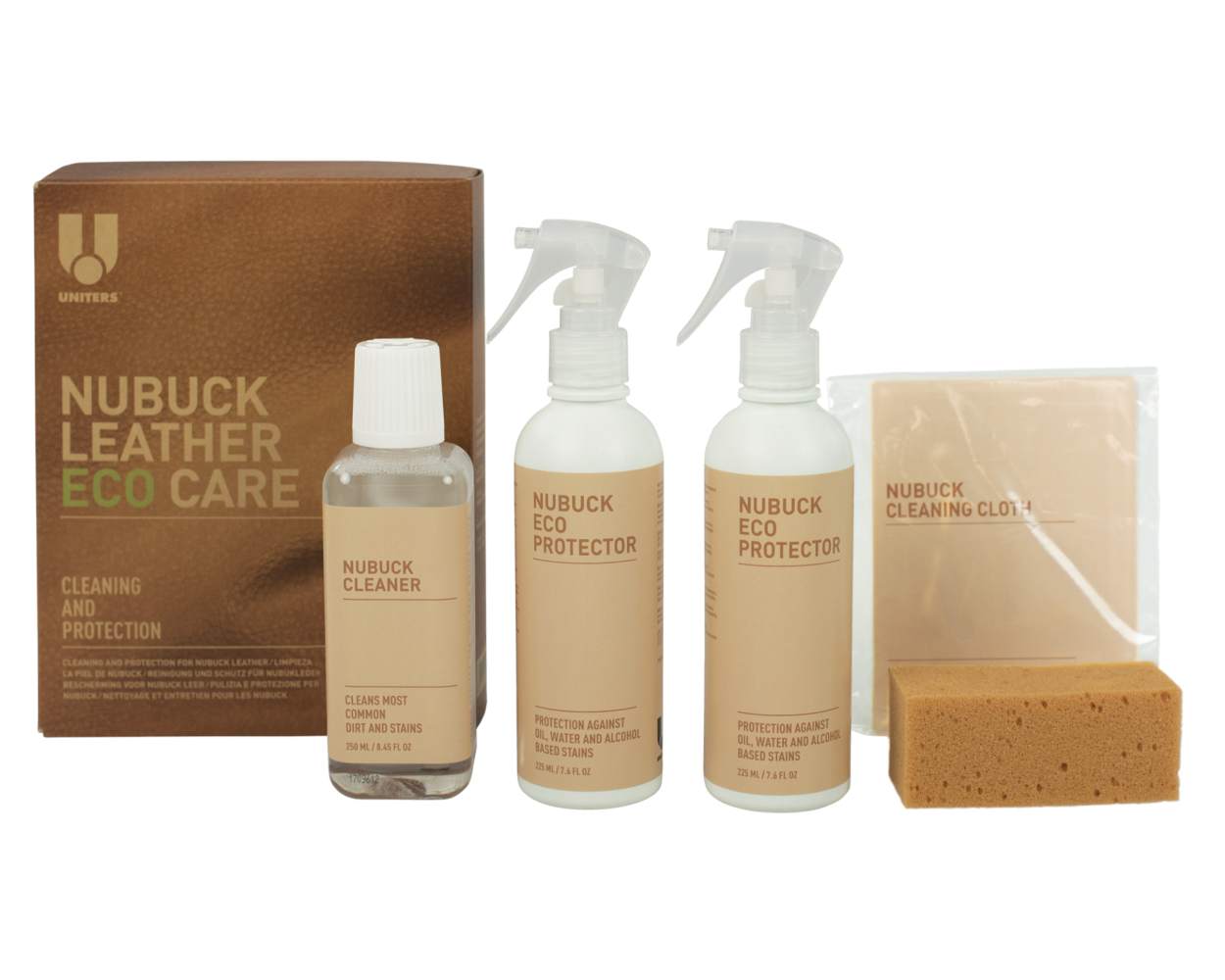
Uniters Nubuck Leather Eco Care kit with cleaner, eco protector sprays, cleaning cloth, and sponge for maintaining eco leather furniture
Different types of stains require specific approaches. Food and drink stains respond well to enzyme-based cleaners designed for upholstery. Pet stains need immediate attention and specialized pet-specific odor eliminators to prevent permanent odors. Oil-based stains on eco-leather can be treated with the alcohol solution method mentioned earlier, while ink stains often require professional cleaning, though you can try dabbing with rubbing alcohol on a hidden area first.
Protecting Your Investment for Years to Come
Environmental factors play a huge role in maintaining your furniture’s appearance and durability. Keep furniture away from direct sunlight, which can cause fading and deterioration of the fibers. Maintain consistent humidity levels to prevent material degradation – too much moisture can cause mold, while too little can make materials brittle. Position furniture at least 50cm away from heat sources like radiators and use throw covers or arm protectors in high-wear areas.
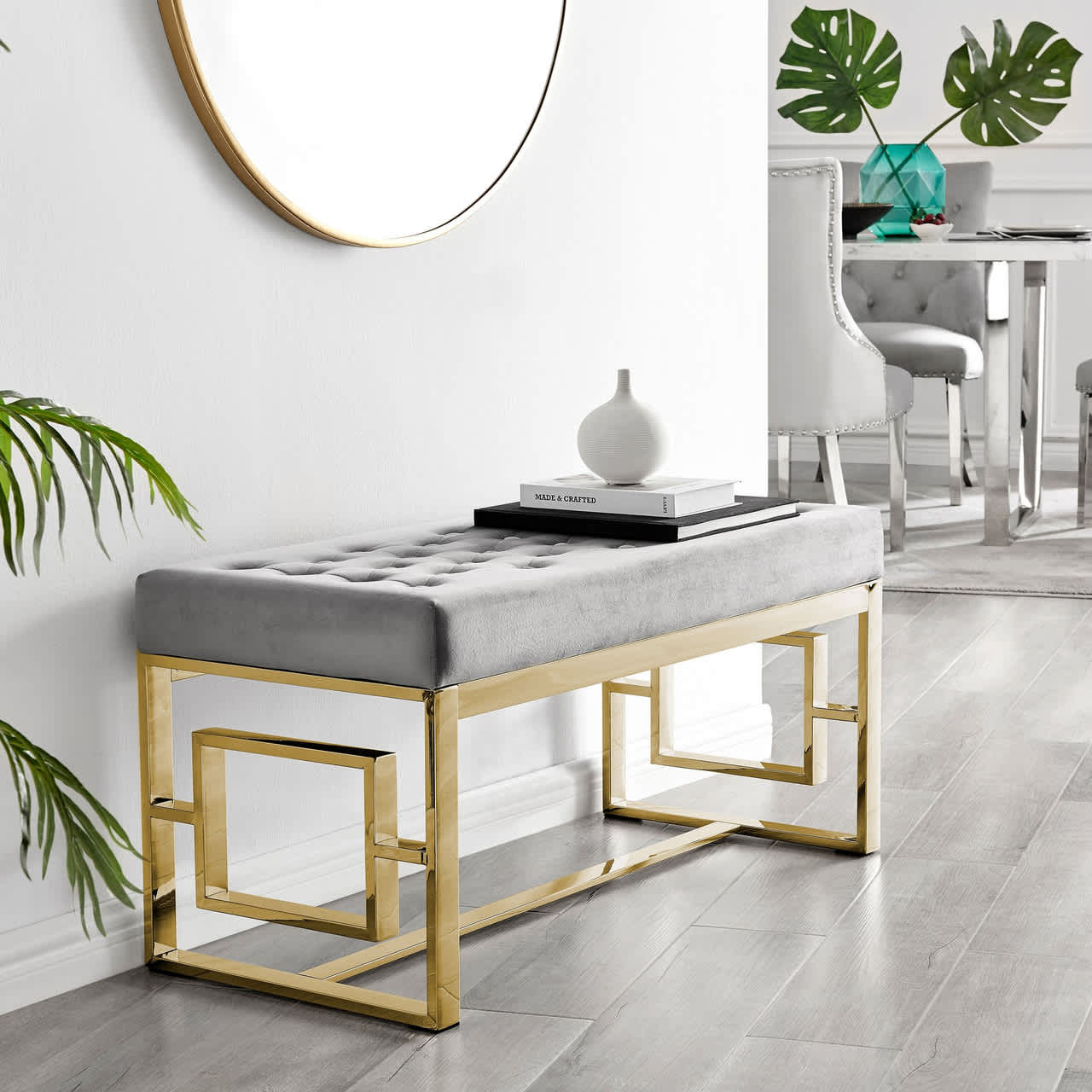
Luxury grey velvet upholstered bench with gold frame in a modern interior setting
Professional maintenance every 12-18 months can extend your furniture’s life significantly. Professional cleaners have specialized equipment and expertise to deep clean without damaging delicate materials. They can also apply protective treatments that help prevent future stains and wear, making your regular maintenance much more effective.
Preventive measures include applying fabric protector treatments as recommended, using furniture covers when not in use, keeping pets away from delicate upholstery, addressing spills and stains immediately, and rotating cushions regularly to prevent uneven wear.
When to Call the Professionals
While regular maintenance can be done at home, certain situations require professional intervention. Deep, set-in stains that won’t respond to home treatment, persistent odors despite cleaning, fabric marked with “X” cleaning codes, valuable or antique pieces, and situations where you’re unsure about the best cleaning approach all warrant professional help.
Conclusion
Caring for upholstered furniture, particularly luxurious materials like velour and eco-leather, requires attention to detail and consistent maintenance. By following these expert tips and avoiding common mistakes, you can preserve the beauty and comfort of your furniture for years to come. Remember that prevention is always better than cure – regular vacuuming, immediate attention to spills, and proper environmental conditions will keep your upholstered furniture looking its best with minimal effort.
At Pouffelove, we’re committed to helping our customers maintain their beautiful furniture. Our handcrafted pieces are designed to last, and with proper care, they’ll continue to enhance your home’s elegance for decades to come. For more furniture care tips and to explore our collection of premium upholstered furniture, visit us at pouffelove.ie.
